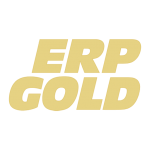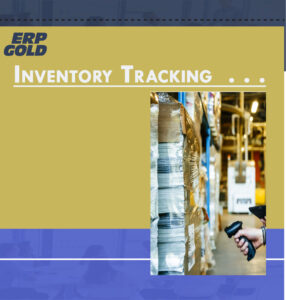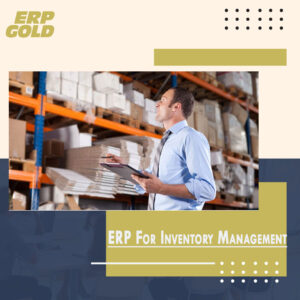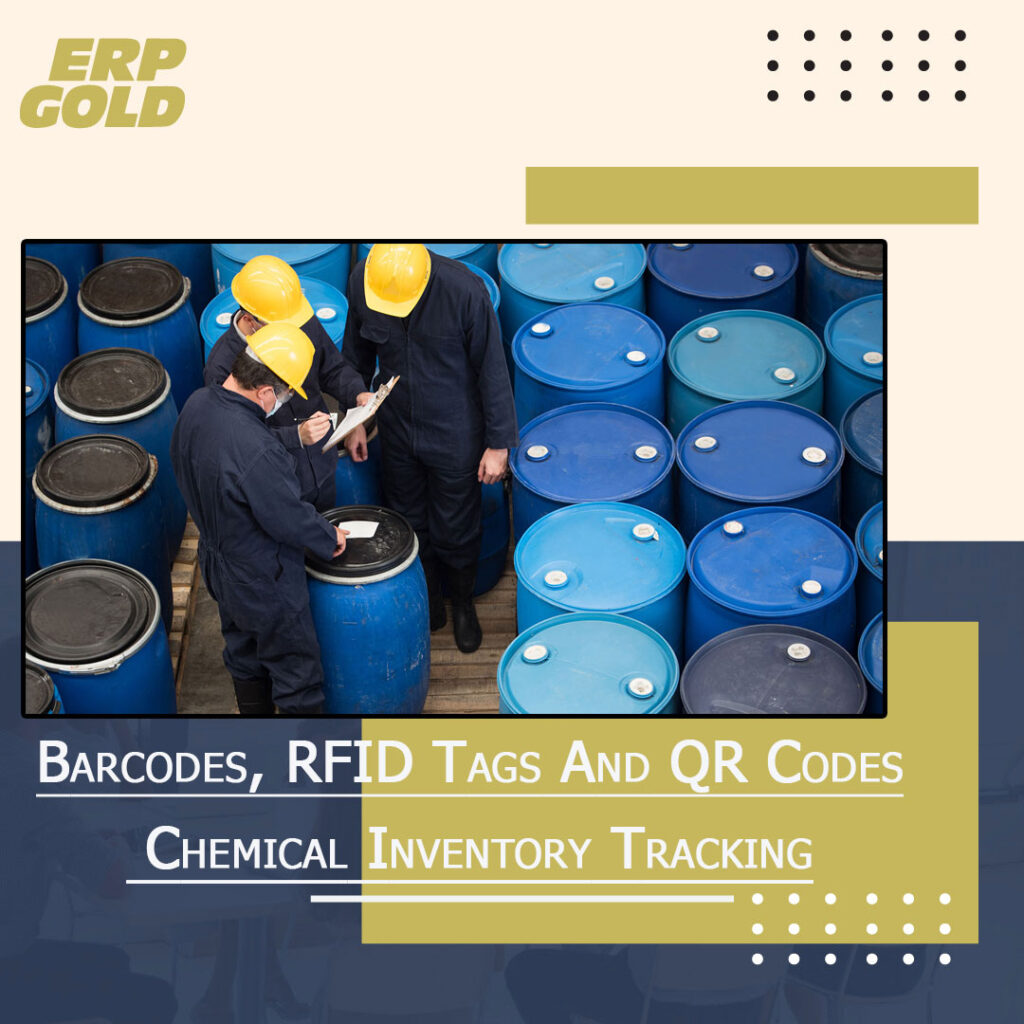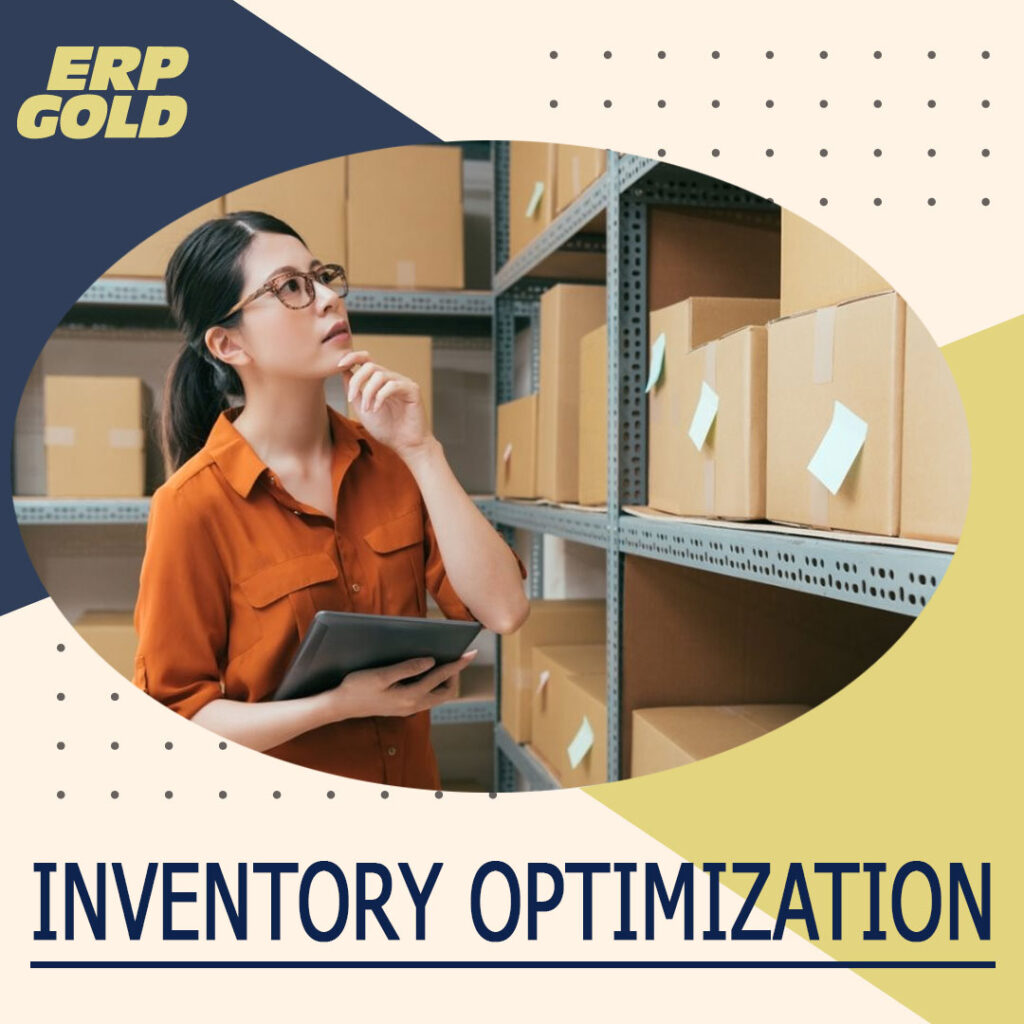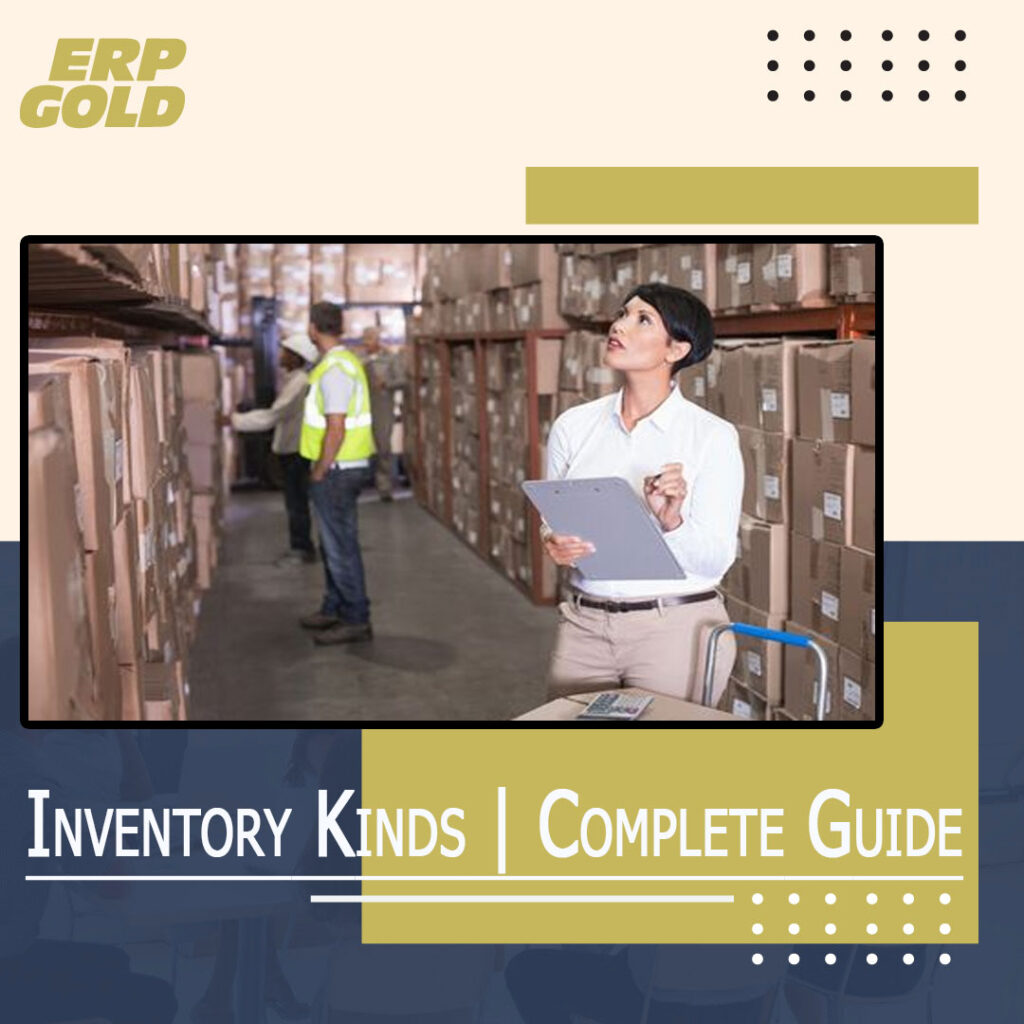
inventory kinds
The Inventory is the most valuable asset of any company. It is the storehouse for all raw materials and finished goods required for business production. Types of inventory are an important concept in accounting, finance and management. In this article, you will find out types of inventory which will help you to get a clear idea about different kinds of inventories available in business world.
What Exactly Is Inventory?
A stock or store of things is described as inventory. A business maintains these commodities to meet demand and achieve its goals. Without an adequate inventory, the company may not know how much product (or services) it has on hand and won’t be prepared to meet orders—or even have the capability to do so.
Let’s say you run a business, and a customer walks in seeking new jeans. If you ran out of jeans yesterday and haven’t replaced them, that consumer may decide to purchase somewhere else, and it’s logical.
Furthermore, if you’re a manufacturer, you’ll need to keep various inventories on hand to keep things ‘going smoothly.’ You’ll also need to keep a stock of finished goods on hand to meet demand.
The Different Types of Inventory
There are various sorts of inventory that business owners and managers should be aware of regarding supply and demand. Understanding the different inventory forms can help you manage, plan, and budget more effectively, and you’ll be able to meet demand and succeed in the marketplace as a result.
1) Starting Materials
Raw resources are essential to every company’s survival, and they’re created from the same materials that your company uses to make its products.
If you run a lemonade stand, for example, the raw materials you’ll need are water, sugar, and lemon. You can’t make the beverage you market and sell without those raw elements. Customers who are satisfied (and no longer thirsty) are those who have lemonade on hand.
You can’t accurately anticipate what you’ll create over the following quarter or year if your organization doesn’t have a system in place to track its raw material supply.
2) In-Progress (WIP)
Work-in-progress (WIP) refers to all of the pieces that are currently being processed in a system, including:
- Materials required
- Components (components)
- Assemblies
- Subassemblies
Raw materials that have been released for first processing are frequently included in WIP. It also includes the full production process. Let’s say you’re the owner of an auto repair shop. Brake pads would be on your to-do list.
Expert tip: ERP software task feature would be ideal for keeping track of the status of your staff that is responsible for changing the brake pads on a car in your shop.
3) Delivered Goods
As you might expect, finished goods inventory includes any complete products that are now ready to be marketed and sold. The packaged and boxed ice cream cones, for example, would constitute finished goods inventory if your restaurant sells pre-packaged ice cream treats.
4) Materials for Packing
As the name implies, the packing material is the inventory you use to box and send your final items. Packing material is usually divided into three types:
- Initial packaging
- Back-up packing
- Other packing materials
The box, bag, or other material that encloses your product while on retail display is considered primary packing material. Customers’ boxes or bottles from the grocery store shelf are your principal packing material if you sell laundry detergent.
The box, bag, or other material you employ for convenient storage and transportation of your product is secondary packing material. Using the laundry detergent example, the secondary packing material is the large box that carries four bottles of your goods for bulk storage and distribution to retail locations.
Miscellaneous packaging material includes everything else you use to store and transport your product, such as:
- Protective bubble wrap
- Peanuts made of foam
- Pallets
- Wrapping pallets
- Labels
Packing materials may not appear to be a high cost at first sight. However, your company uses a significant volume of these supplies daily, and the costs will quickly mount if you don’t keep a close eye on this stock.
5) Back-up Stock
You can assign particular types of inventory to protect against supply-and-demand risks, low delivery reliability, and poor-quality components with good monitoring, tracking, and management. Safety stock is the term for this type of inventory cushion (or buffer inventory).
The amount of product you keep on hand as safety stock exceeds your organization’s requirements to meet regular demand.
You can avoid the following with safety stock:
- Stock shortages (when an order cannot be filled from existing inventory)
- Backorders
- Making the consumer wait for the next manufacturing cycle
- causing the client to look for the product elsewhere
When your company doesn’t have to deal with these problems, it can focus on providing better customer service—getting the product into customers’ hands when they need it without making them wait—and, as a result, more customer satisfaction.
A large amount of safety stock may be required depending on the type of business you run and the industry in which it operates. Other companies can get away with having very little or no safety stock. Everything is dependent on the market and how soon you can make (and deliver) a high-quality product to your clients.
A thorough examination of your process, employees, and fulfillment schedule will reveal whether or not safety stock is appropriate for your company.
6) Inventory Smoothing
Smoothing inventory (also known as anticipating inventory) occurs when a producer acquires and stockpiles products or supplies over current needs in preparation for a future event.
Businesses do this to “smooth” out the peaks and valleys of seasonal, shifting demand and maintain a consistent output. This is how it goes.
In the months proceeding up to the start of a new school year, a pen manufacturer will stock up on components, supplies, and finished stock (when demand is at its highest). The producer then gradually lowers the extra inventory without increasing manufacturing time during the back-to-school rush.
The manufacturer can save money in various ways by storing smoothing inventory, such as:
- Keeping employees occupied during sluggish months
- Reducing the number of temporary layoffs
- Stocking up on goods when they’re on sale
- Reducing labour costs such as hiring, on boarding, training, and other expenses
- Reducing the number of overtime hours required due to increased productivity.
- Keeping the plant from shutting down or idling
If your firm experiences a seasonal spike in demand, building this type of inventory ahead of time will help keep your process going smoothly and efficiently throughout the year.
7) Decoupling inventory
In a production context, every machine produces at a different rate. In the manufacturing chain, one or two pieces of equipment may run several times faster than other pieces in front of or behind them. Machines must occasionally be shut down for repairs or maintenance.
Manufacturers can maintain workflow despite these changes in activity and production time by keeping decoupled goods in stock.
Parts, materials, and finished goods waiting to be used by the next machine in the chain are referred to as decoupling inventory. Consider it a kind of shock absorber protecting the manufacturing process against production inconsistencies caused by differences in run time, machine breakdowns, or maintenance.
This type of inventory reduces the company’s reliance on the production line’s sequential nature, as Machine B doesn’t have to wait for Machine A to finish before they can begin. Even if Machine A is down for repairs, the operator of Machine B can pull parts from the decoupling stock.
The more decoupled inventory a company has in different stages of manufacturing and delivery, the less coordination it will need to keep things moving well.
8) Perform a cycle
Economic order quantity theory produces cycle inventory as a consequence (EOQ). EOQ seeks to strike a balance between inventory and machine setup costs.
Inventory costs rise when your company orders a large number of parts for a single large manufacturing run, while machine setup costs fall (because you only have to set up the machine once).
On the other hand, inventory costs drop when your company orders a limited number of parts for a series of modest manufacturing runs. Still, machine setup costs rise (because you have to alter the machine for each run).
The purpose of cycle inventory is to align these two charges and lower the total cost of the production run. This is accomplished through cycle inventory, which orders material in large quantities rather than as-needed.
9) MRO (Maintenance, Repair, and Overhaul)
MRO goods, or maintenance, repair, and operational supplies, are commodities used to keep the production process running smoothly. These items are frequently an important part of the manufacturing process but do not appear in the final product.
Gloves, packing materials, tools, and other MRO items are examples. MRO items inventory includes staples, pens and pencils, copier paper, and toner, as well as all of the small bits that keep the wheels turning.
10) Providers
Service inventory covers the monitoring and administration of all other types of inventory in the manufacturing process, which is critical to corporate success. In some ways, it’s the “humanized” version of MRO goods.
ERP software’s extensive scheduling system makes it simple to keep track of your service inventory by allowing you to easily plan your staff’s work schedules. Scheduling becomes much easier and more convenient as a result!
Your company will relax knowing that the manufacturing process is ongoing and that your personnel will always be available when needed. That’s what you call service inventory, right there!
11) Inventory in Transit
Businesses that need to convey commodities or resources from one location to another rely on transit inventories. Merchandise sent by truck or rail from a regional warehouse to your retail location can take days (or even weeks) to arrive.
When it comes to supply and demand, inventory in transit must be taken into account, as well as the deadlines for meeting those requests.
12) Average Inventory
Theoretical inventory aims to balance (equalize) the rates of entry, processing, and outflow into a single ideal operation. To that end, theoretical inventory specifies the average inventory required for specific manufacturing run under the assumption that no production items (or work-in-progress items) must wait in a buffer (e.g., decoupling inventory).
Theoretical inventory, to put it another way, is the bare minimum of inventory required for a product to pass through the manufacturing system without being held up.
Unless your company operates a single production system (e.g., one machine), theoretical inventory will always be a pipe dream since there will always be some inventory in the system (e.g., transportation, decoupling, MRO, etc.). You can still utilize this type of inventory to plan manufacturing runs and anticipate peak demand.
Unfortunately, simply comprehending the many sorts of inventory for business is frequently insufficient. Your company should have a good employee/inventory management system to make the most of the various inventory systems.
Inventory Control Is Critical
Inventory management is critical for the success of any business, whether it’s a one-person food cart, a catering firm, or a multi-national retail chain.
Even if your inventory is small, properly managing it can help you avoid the following problems:
- Stock that has died
- Excessive taxation
- Costs of storage
- Contamination (where applicable)
- Issues with space
When you reduce the costs associated with inventory, you save money and increase your company’s cash flow. Essentially, you free up funds that would otherwise be lying on a shelf, capital that you may utilize for more important expenses.
Successful inventory management saves you time in the long term, which you could spend on other customer-focused operations. Inventory management, together with shift planning, labor tracking, communication, and distribution technologies, adds to the efficient functioning of your organization, regardless of the sorts of inventory you deal with.
To make this achievable, businesses need a single place to submit information on corporate activities, processes, and statuses. The ERP software news feed gives a readily accessible location for all employees. Companies may share updates and news with multiple groups of individuals, bringing teams together and keeping everyone on the same page.
Maintaining a good supply and demand cycle necessitates seamless communication and management systems. This, combined with a strong foundation and management team, is essential for effectively tracking your company’s many sorts of inventory.
Tracking your company’s inventory and supply and demand cycle will help you manage your organization more successfully in various industries, from retail and service to healthcare and non-profit. Soon enough, you’ll realize that running a business is as simple as producing lemonade, as we described earlier in the essay.
Ending Thought
Visit ERP software website today for more free resources to help you better manage your business, organize and plan your workforce, and track and analyze labour expenditures. If You want Inventory automation, drop us a line !!!
